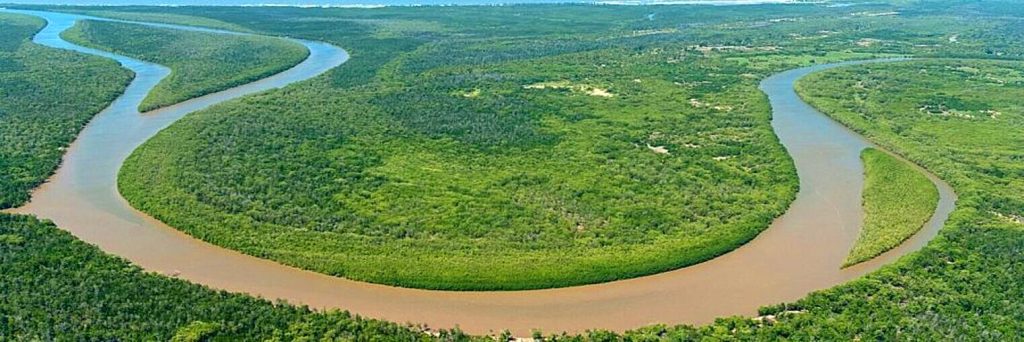Nyerere National Park
Nyerere national park

Nyerere National Park is one of Tanzania’s newest and largest protected areas, established in 2019 by the merger of Selous Game Reserve and the northern part of the former Selous ecosystem. Named in honor of Julius Nyerere, the country’s first president, the park is located in southern Tanzania and is renowned for its vast wilderness, rich biodiversity, and pristine landscapes. Covering an area of approximately 30,893 square kilometers (11,933 square miles), Nyerere National Park is a haven for wildlife enthusiasts and adventurers.

Overview of Nyerere National Park:

Nyerere National Park, with its vast expanse of wilderness, diverse landscapes, and rich wildlife, offers an unparalleled safari experience in Tanzania. The park’s blend of rivers, wetlands, savannahs, and forests supports a wide range of flora and fauna, making it a prime destination for those seeking a more remote and untouched wilderness adventure. Whether exploring the Rufiji River, tracking the park’s abundant wildlife, or marveling at its scenic beauty, Nyerere National Park promises a memorable and immersive safari experience.
Rivers and Wetlands:
- Rufiji River: One of the park’s most significant features, the Rufiji River meanders through the park, creating lush riverine environments and supporting a wide range of wildlife. The river and its delta are crucial for many species, particularly during the dry season.
- Wetlands: The park includes extensive wetland areas, such as the Lake Tagalala and other seasonal floodplains, which provide important habitats for various bird species and aquatic life.
Savannah and Grasslands:
- Location: The park features vast savannahs and open grasslands that are dotted with scattered acacia trees and baobabs. These areas support large herds of herbivores and are home to a variety of predators.
- Ecology: The expansive grasslands are crucial grazing areas for herbivores and play a significant role in the park’s ecosystem.
Rugged Terrain:
- Types: Nyerere National Park includes Miombo woodlands and tropical forests, which add to the park’s ecological diversity.
- Ecology: These woodlands and forests provide vital habitats and food sources for numerous species, including primates and various birds.
Rugged Terrain:
Features: The park’s terrain is varied, including rolling hills and rocky outcrops that offer stunning views and contribute to the park’s ecological complexity.
How long to stay?
At least 2 days, but some guests would say even a week is not enough.
Facts about Nyerere National Park
- Established: 2019 (by merging Selous Game Reserve with the northern part of the Selous ecosystem)
- Size: Approximately 30,893 square kilometers (11,933 square miles)
- Location: Southern Tanzania, within the Selous ecosystem area
- Elevation: Ranges from low-lying river valleys to higher elevations around 1,000 meters (3,280 feet) above sea level
- Climate: Tropical climate with a rainy season from March to May and a dry season from June to October
- Accessibility: Accessible by light aircraft from Dar es Salaam and other major cities; also reachable by road, though access can be challenging due to the park’s size and remote location
Most common animals
Mammals:
- African Elephants
- Lions
- Leopards
- African Wild Dogs
- Giraffes
- Buffaloes
- Grant’s Gazelles
- Impalas
- Elands
- Greater Kudus
- Warthogs
- Hyenas
- Hippos (especially in the rivers and wetlands)
Birds:
- African Fish Eagle
- White-headed Vulture
- Lappet-faced Vulture
- Secretary Bird
- Pale Chanting Goshawk
- Red-necked Falcon
- Martial Eagle
- Various species of storks, herons, and egrets
Reptiles and Amphibians:
- Nile Crocodile (found in rivers and wetlands)
- Various Tortoises
- Monitor Lizards
Insects:
- Butterflies: Various species, including tropical butterflies, are found in the park’s diverse habitats.
- Dragonflies: Common around wetlands and water bodies.
